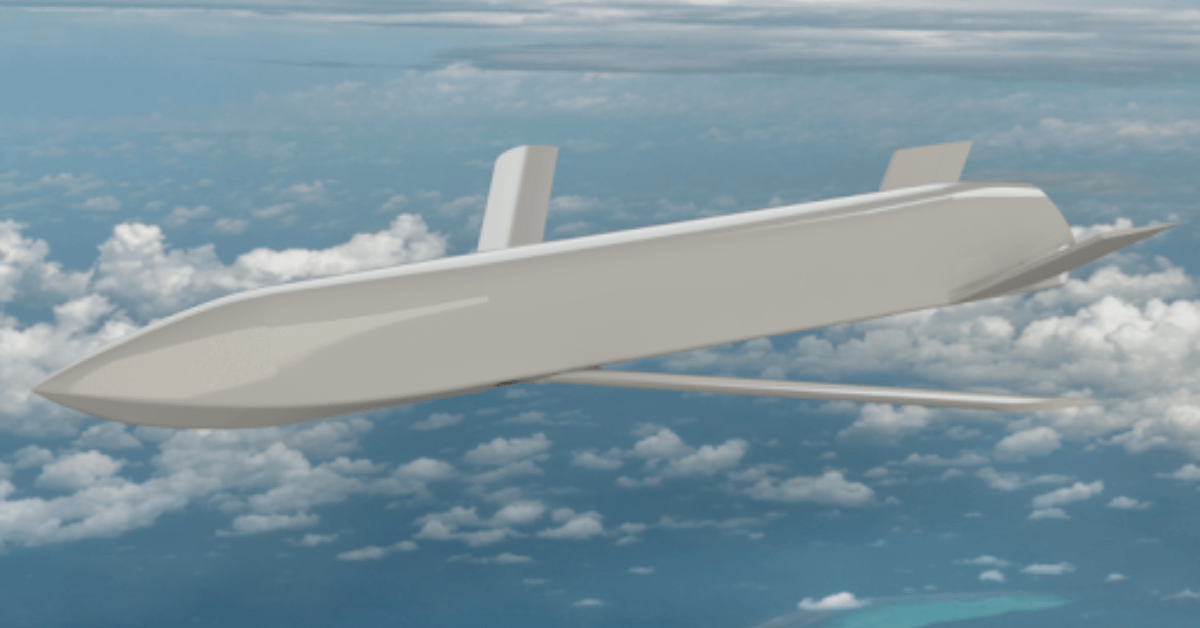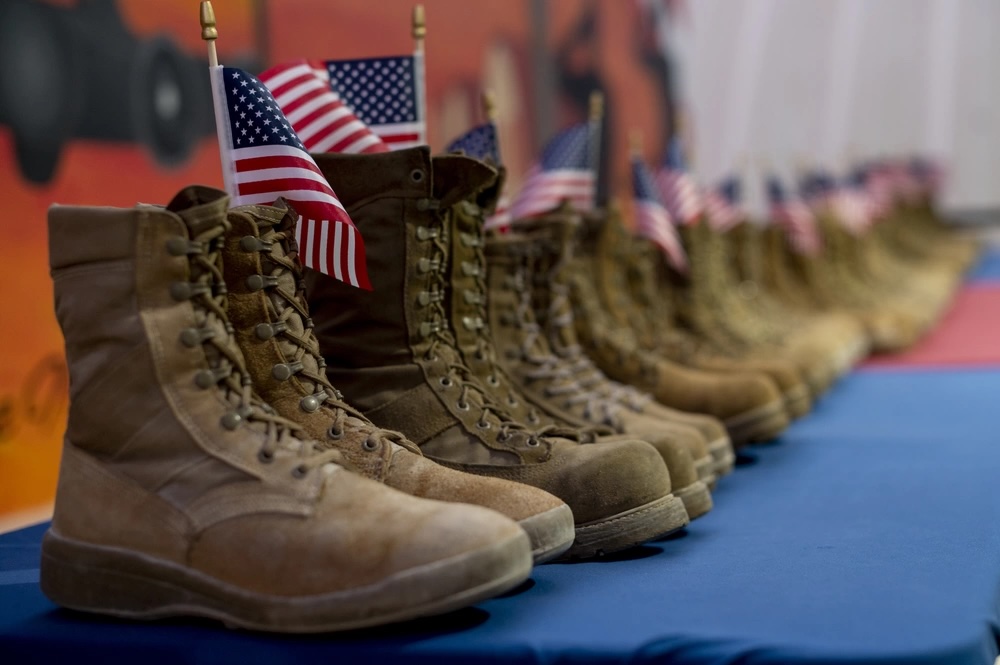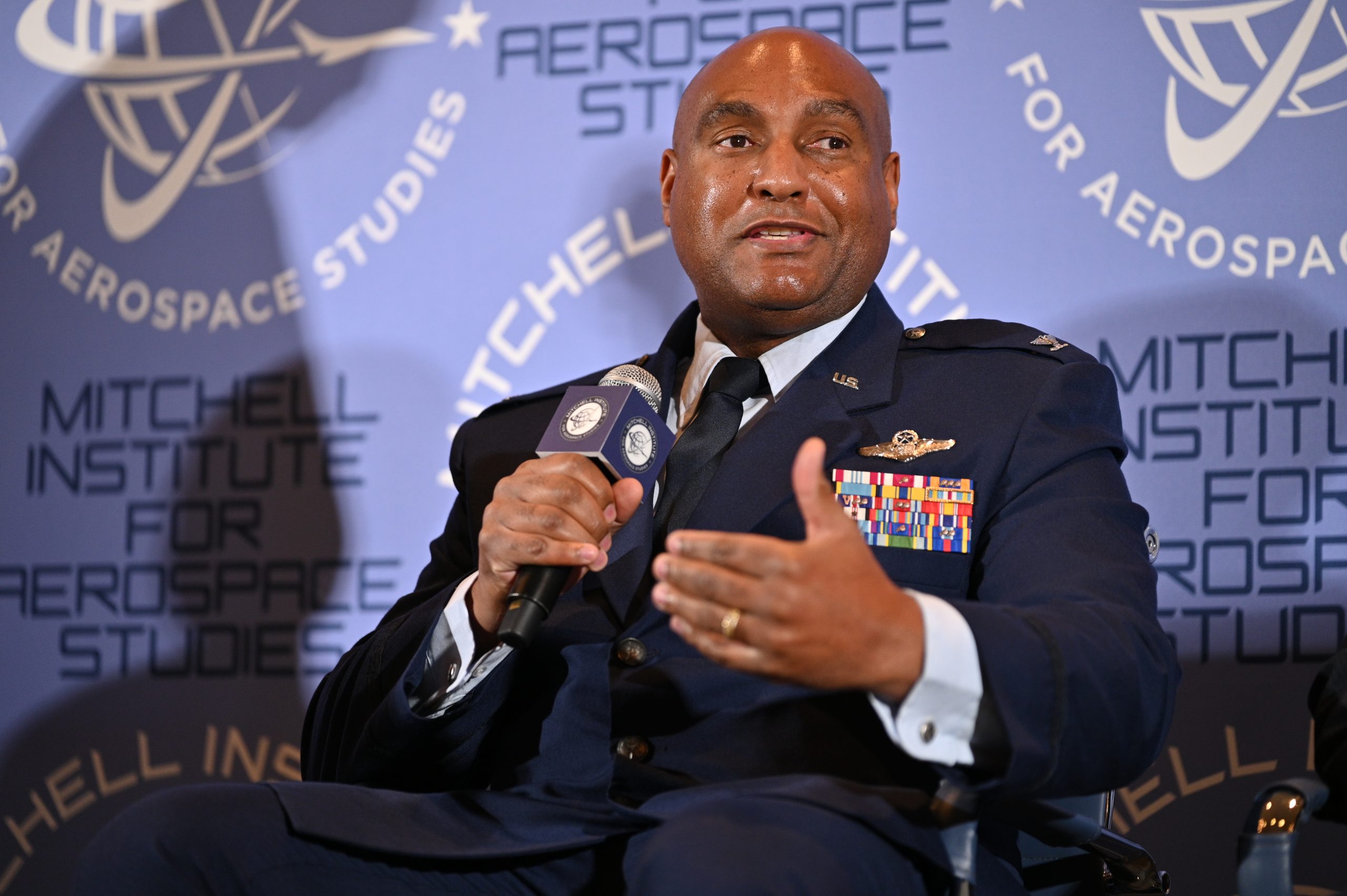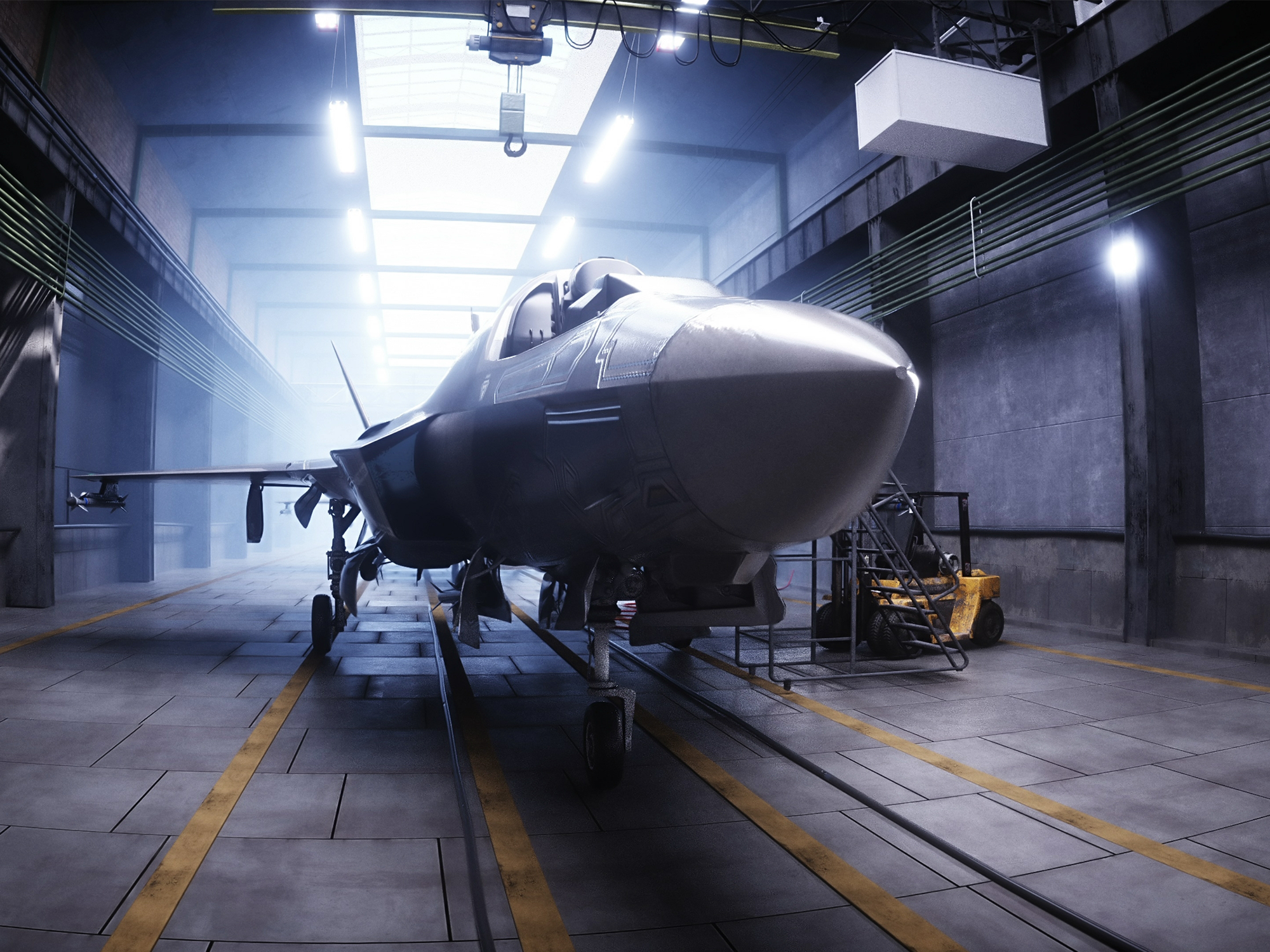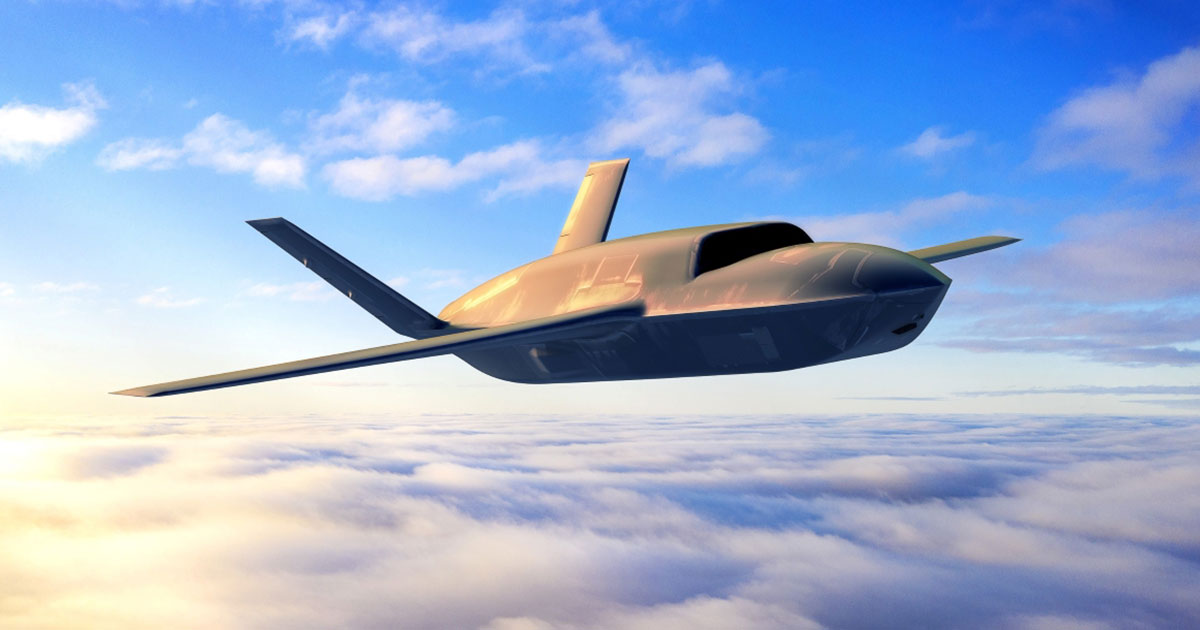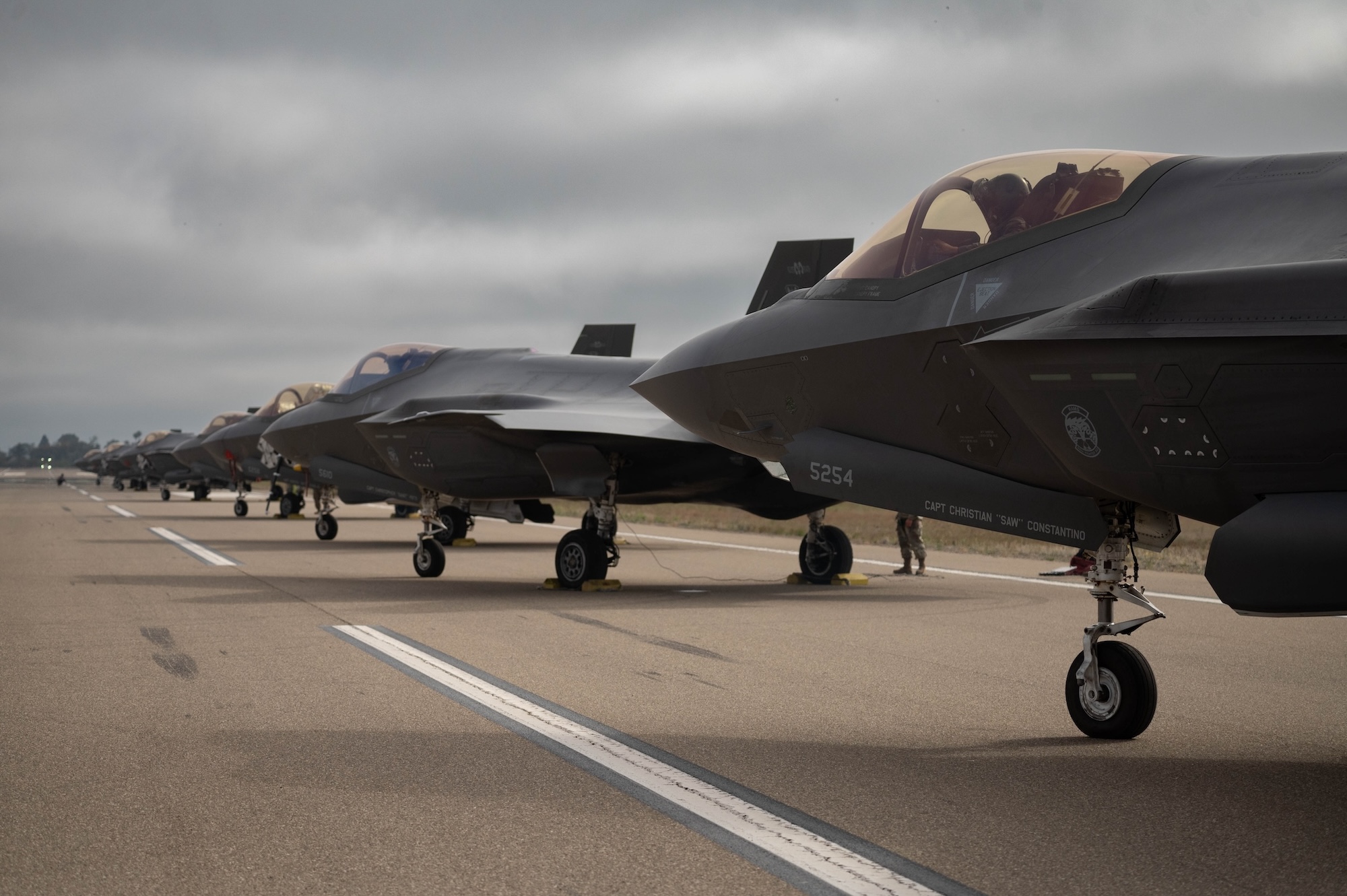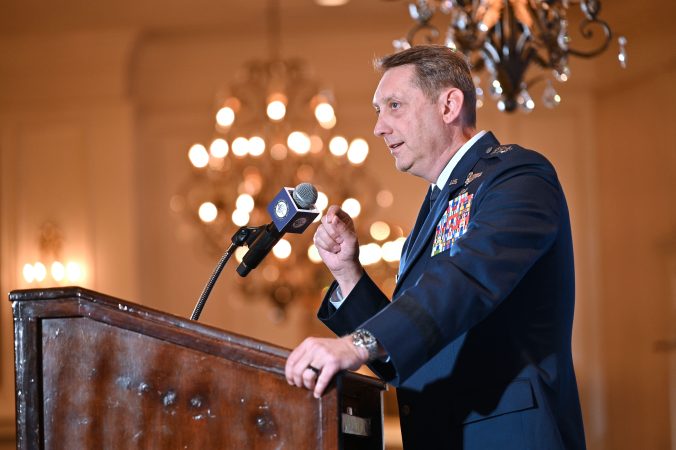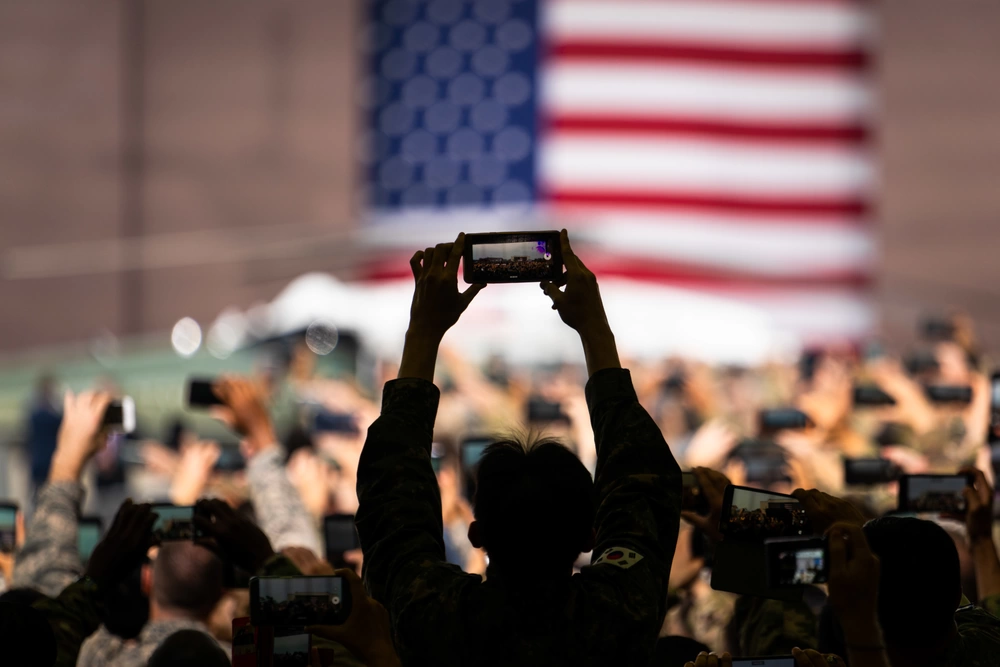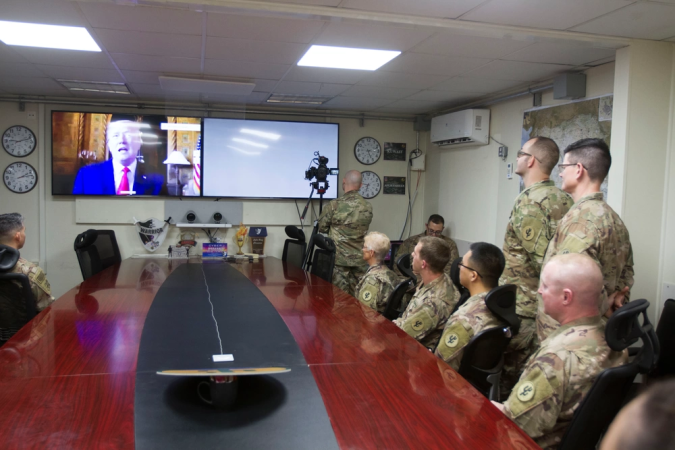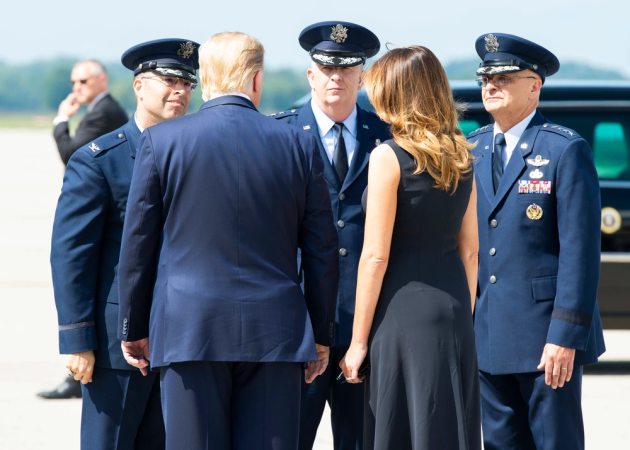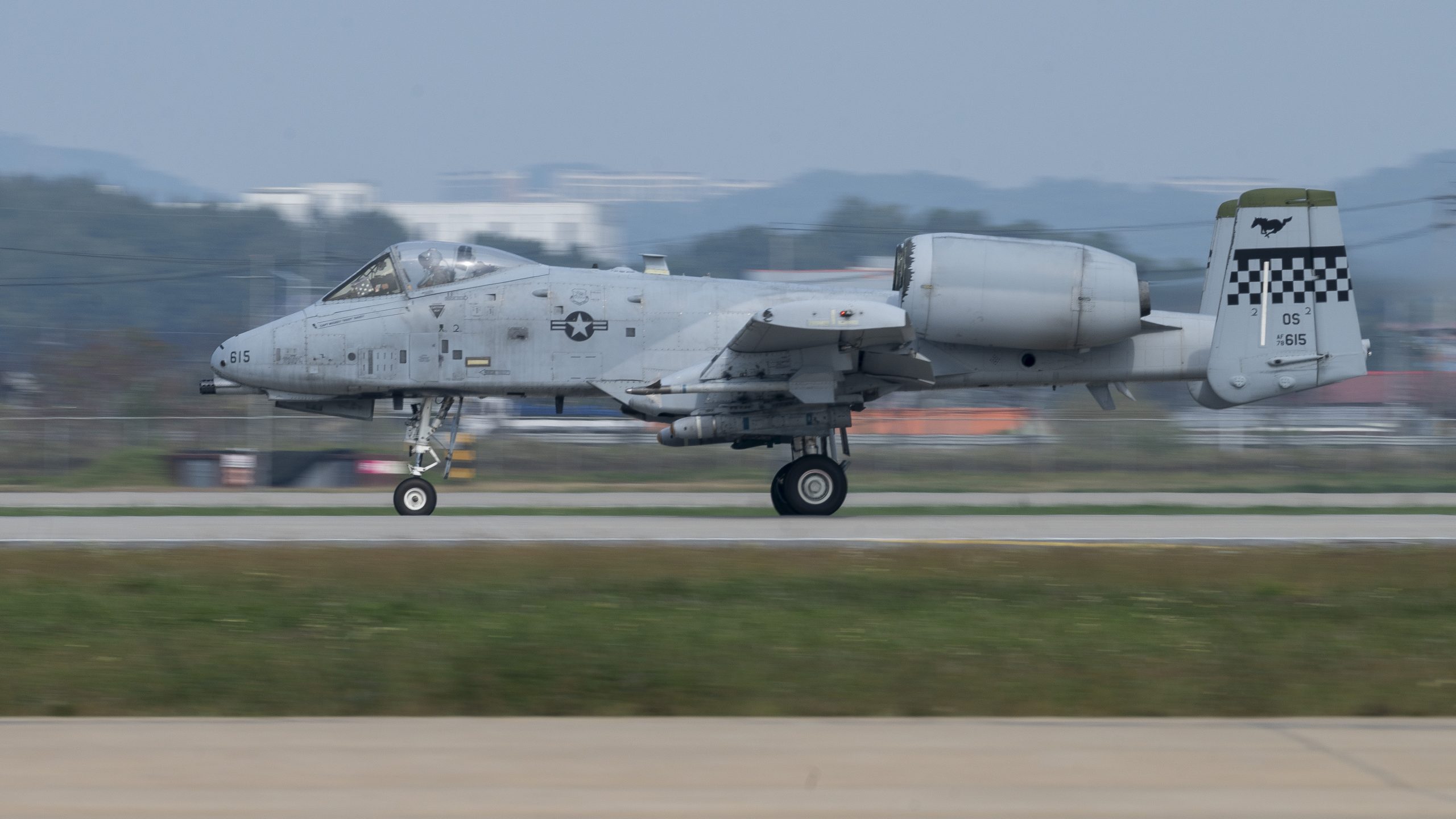“Integration” will be the key to future Air Force success and will be the key to achieving war-winning advantage over adversaries in the future—if USAF can pull it off, senior USAF leaders said Nov. 13.
“It’s so important, I would offer that it’s the Manhattan Project of our generation, and hopefully, we can get there first,” said Lt. Gen. Michael G. Koscheski, deputy commander of Air Combat Command, at AFA’s Mitchell Institute for Aerospace Studies Air Force Futures conference.
The original Manhattan Project produced the atomic bomb that helped end World War II, a monumental secret project drew together some of the world’s best minds with the singular goal of producing the world’s first atomic weapon.
Likewise, integration is “really difficult, varsity-level stuff,” Koscheski said, requiring the Air Force not only to align its own capabilities and structures, but to connect with the other services and with allies to complete “the long-range kill chain.” The aim: That targets detected and confirmed by one military service or nation can be “finished” by another, he said.
“We talk a lot about platforms and weapons, and those are very important,” Koscheski said. “But the network and integration piece is key.”
Integration is a central theme to the Air Force’s “re-optimization” drive, launched in February. Conceived by Air Force Secretary Frank Kendall, the push includes multiple references to integration, including the creation of a new office to oversee integration and a new command responsible for integrating requirements and capabilities.
The Integrated Capabilities Office stood up in July within the Secretariat and is responsible for coordinating efforts related to the core operational imperatives and cross-cutting enabling functions across the Air Force. The Integrated Capabilities Command, not yet fully assembled, is supposed to absorb the requirements roles that now belong to Air Combat Command, Air Force Global Strike Command, and Air Mobility Command, centralizing the requirements process in a single command.
That decision remains controversial among some Air Force leaders, who worry that divorcing requirements from operations could undermine combat effectiveness.
The Air Force has said the ICO will facilitate Integrated Development Campaign Teams led and staffed by operational experts from the newly formed U.S. Space Force Space Futures Command and U.S. Air Force Integrated Capabilities Command, along with acquisition professionals from Air Force Materiel Command’s Integrated Development Office and multiple Space Force acquisition organizations.
Doug Young, Northrop Grumman vice president of strike systems, cited the B-21, built by Northrop, as exemplifying the integration of multiple capabilities and platforms. B-21 was conceived as a “family of systems,” Young said, and the idea of integrating the B-21 with a host of offboard sensors and platforms was “baked in” from the outset.
“I don’t really think that a ‘family of systems’ concept necessarily has to be considered a cost problem to overcome,” he said. “There are a lot of existing systems, and…connecting them is not a big cost driver. In many cases, it’s not technical. It’s actually people and policy; how we get those information streams to the platforms quickly.”
Koscheski also said the Air Force is “doing pretty good” in terms of developing the end of the kill chain: munitions. The service is working on a range of all-new weapons that are able to fly further and will be harder to spot and stop.
It’s also making progress on “affordable mass,” which could be achieved with large numbers of relatively inexpensive one-way munitions. While Air Force is buying high-end “counter-maritime” munitions—such as the AGM-158 Long Range Anti-Ship Missile—and new longer-range air-to-air weapons, “the problem is, they’re expensive.”
USAF wants to complement those with “Franklin,” a Defense Innovation Unit initiative to develop long-range weapons for $100,000 per round, rather than $1.5 million or more.
“Franklin” is named for Aretha Franklin in a nod to her hit song “Respect;” the idea behind the weapons si that an enemy must “respect” hordes of cheap incoming missiles and devote defenses to them, which could make it easier for manned or unmanned aircraft to penetrate air defenses and survive.
In Franklin, the Air Force will have “a…$100,000 weapon that can go about 500 miles and can punch a hole in a ship.” While those weapons do not necessarily have to do that, adversaries will be “threatened and [therefore] honor those weapons,” he said. “That mass will make our…weapons more effective and more capable.”
The B-21 bomber is designed for flexibility so it can rapidly accept a wide variety of weapon loadouts.
“The Air Force is going through a complete redo, really, of what kind of weapons are out there,” Young said. “Most of the weapons that we’ve been talking about in previous years were developed in the ’90s. And there’s really a generation that’s coming online with new weapons, many of them tailored for exactly the kind of missions that we’re talking about in terms of operating in anti-access/area denial areas, and really doing new things, unique things, in order to deal with” heavily-defended airspace.
These emerging weapons will be integrated with each other to achieve the effects they’re built to deliver, he said.
“It’s really about…connecting those things,” Koscheski said. “A lot of good work has really started to happen now that many of these systems are out operating.”
Koscheski said a decade of work is paying off, giving the Air Force increased “ability to be able to adapt and tie into those networks and take advantage of off board” sensors.
